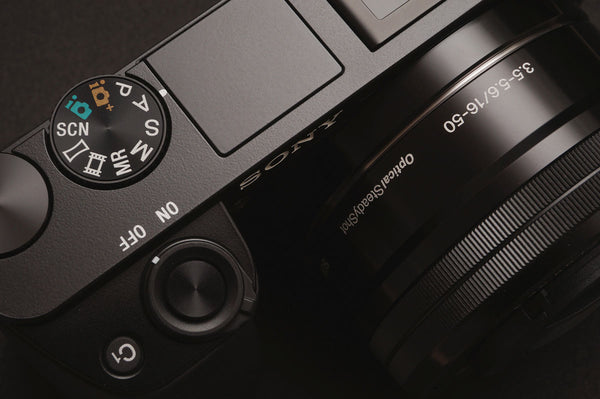
It is pretty important to understand your camera’s exposure mode to get the most out of your digital camera for your photography. Although the names of these modes differ from one manufacturer to another, the basic concepts are the same. Each mode or setting will control the aperture, the shutter speed, and the ISO using various presets providing best possible results in a number of different shooting and lighting conditions.
Automatic Mode
Or sometimes called Full Auto, from the name itself, the Auto Mode will use the readings received by the camera’s built-in light meter automatically adjusting the aperture, shutter speed, and ISO settings for each shot. In this mode, the camera let the user take photo without worrying about the settings and it allows the user to concentrate on the composition of the image. The camera’s AI will auto detect the light condition and will use of flash whenever possible unless the flash is manually disabled by the user.
Manual Mode
The opposite of Automatic Mode, in this setting, the user has to manually set the aperture, the shutter speed, and the ISO setting for each shot. The need of thorough understanding of the basic principle about taking a photo is necessary for a user to produce a good exposure.
Program Mode
A combination of Automatic and Manual modes that allowed the user to select from paired aperture and shutter speeds combination that provides control about the depth of field, motion control, and exposure settings.
Aperture Mode
Also called Aperture Priority Mode, this setting allows the user to change the aperture while the camera adjusts the shutter speed accordingly. Used mostly for shooting landscape, portrait or close-up photos. Some cameras use an “A” icon instead of “Av”.
Shutter Mode
Also called Shutter Priority mode, this setting allows the user to change the shutter speed while the camera adjusts the aperture accordingly. Use this mode when portrayal of motion is at the most important like when covering for sports, wildlife, journalism, and action scenes. Some cameras use an “S” icon instead of “Tv”.
Scene Mode
Scene Mode works like Automatic Mode, but each mode pulls on a library of settings intended for specific conditions.
Portrait Mode
Portrait sets the camera for a lower depth of field making the foreground (the subject) in sharp focus. To max out the effect, zoom in on the subject and make sure that there is enough distance between the foreground and the background. Use a telephoto to easily fill the viewfinder with the subject.
Landscape Mode
Landscape Mode sets the camera for the maximum depth of field, so it produces sharp foreground and background image as possible. Remember that in this mode, the camera is set to use lower shutter speed so you may want to support the camera using a tripod. This setting is best with short focal length lens, a telephoto, and usually flash is not necessarily used.
Close Up
Use this mode of extreme close up shots.
Sports
Ideally used in sports or taking photo of fast moving objects. Long focal length lens is the ideal choice for taking this kind of photo. Most digital cameras and DSLR have auto focus, so you can focus on the subject even when the subject is moving. The camera is set to have the maximum shutter speed as possible.
Twilight Mode
Also called Night Portrait mode, it is designed for taking photos of people or other subjects when at twilight, night or dawn. In this mode, the camera is set to have the flash active and very slow shutter speed. The shutter will remain open even after the flash so you may want to support the camera or let the subject to pause for a while, about a couple of seconds, after the flash fired off.
Night Mode
Also called Night Landscape mode, in this mode the camera is set to have the flash disabled and will use a very slow shutter speed to capture the image of a landscape or cityscape in the light of dawn, dusk or night. Slow shutter speed will definitely be used so you may want to support your camera with a tripod. If you plan to shoot with a foreground subject, use Twilight mode instead.
Black and White, Sepia
Panoramic
Also called stitch-assist, this mode helps you align a series of images together forming a wide image output.










